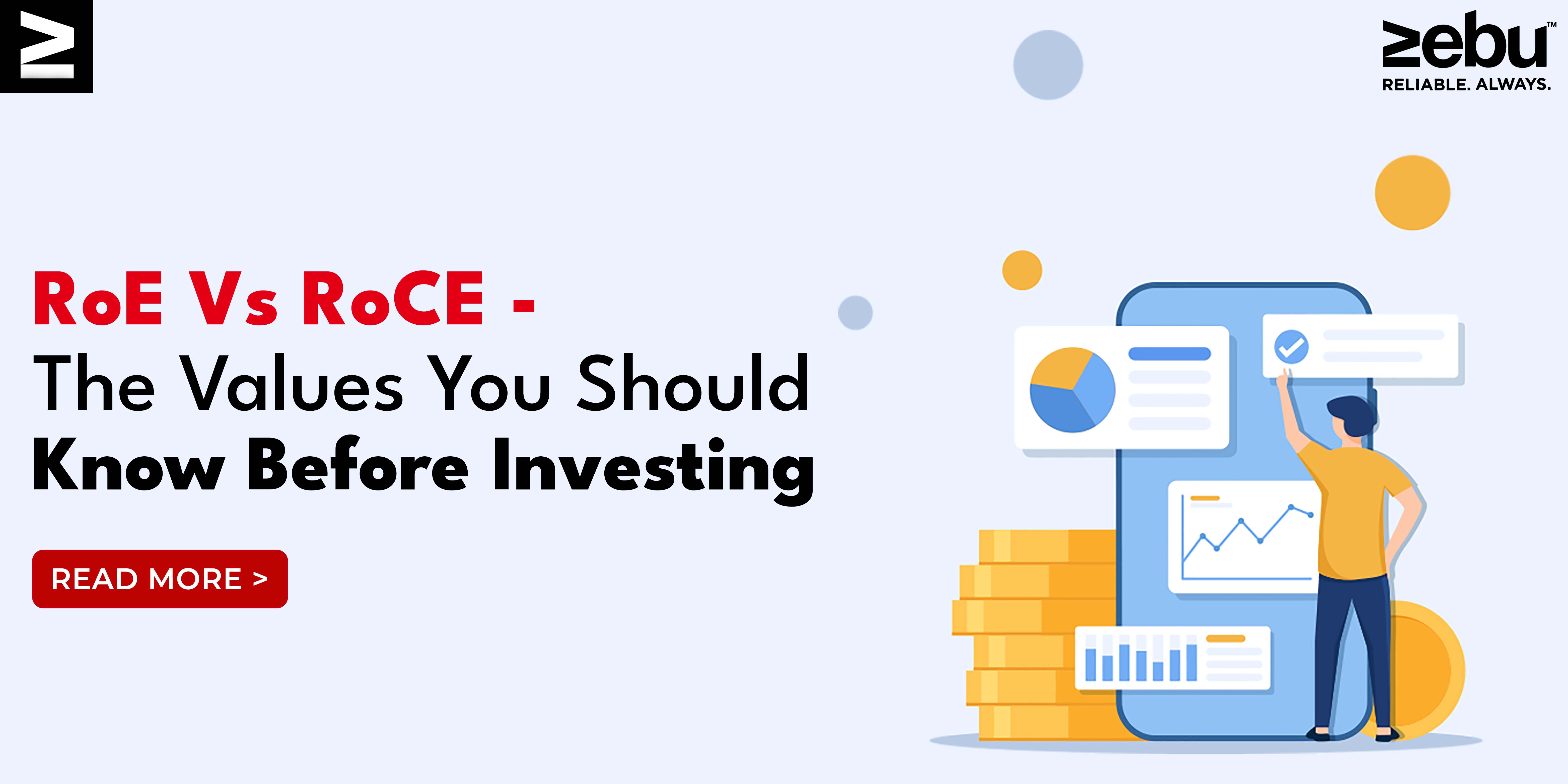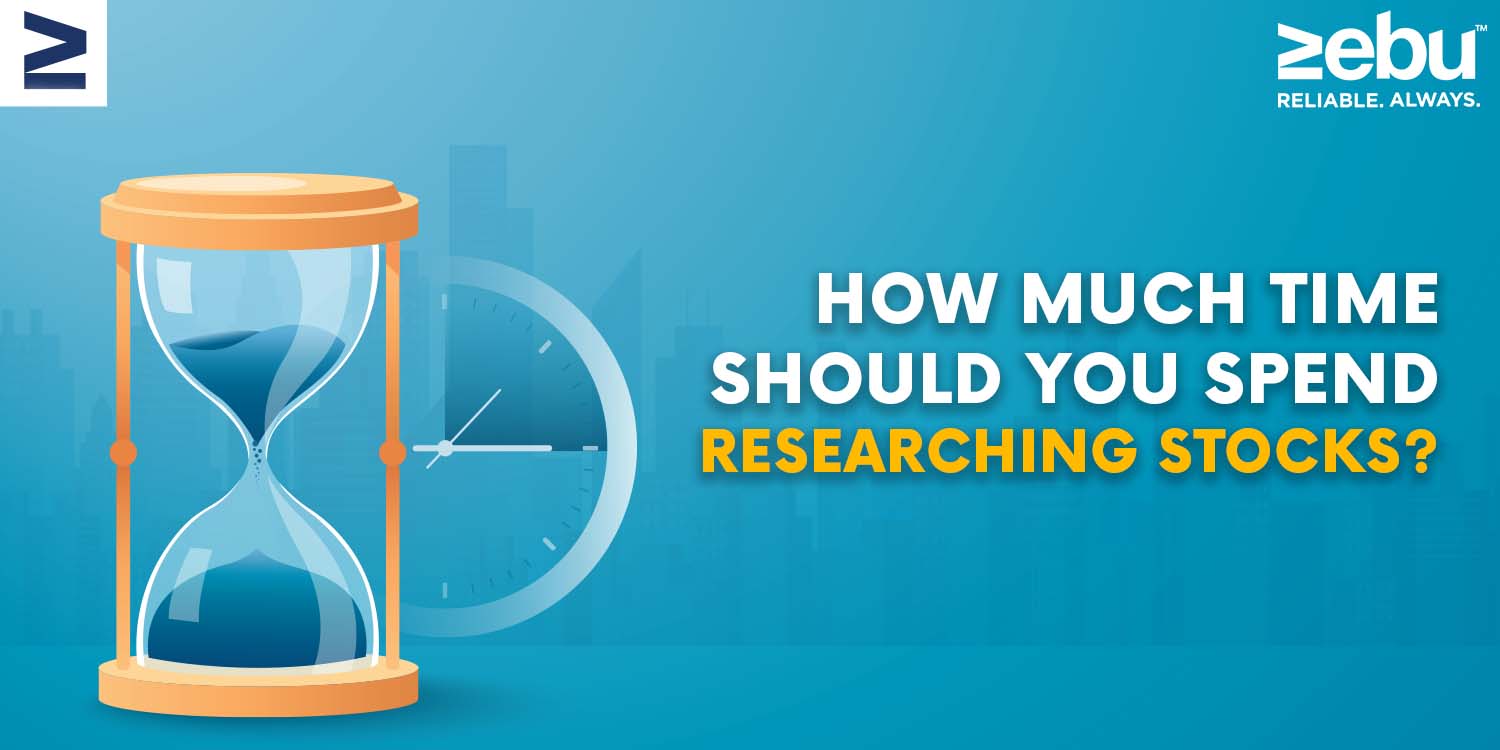
Many investors find it hard to understand bond prices and the possible returns from bond investments. Many new investors will be shocked to learn that the value of bonds changes every day, just like the value of any other publicly traded security.
The yield is the amount of money someone can expect to make from investing in bonds. The easiest way to figure this out is to use the formula yield = (coupon amount) / (price). If the bond is bought at face value, the yield may be the same as the interest rate. So, the yield changes along with the price of the bond.
Another yield that investors often figure out is the amount of money they get back when their bonds mature. This more complicated calculation will give the expected total yield if the bond is held until it matures.
What are the parts of market bonds?
If you want to learn more about the different kinds of bonds you can invest in, you can choose from a wide range of bonds on the market. The bonds you choose to buy in the end will depend on how well you can handle risk and how much money you have to invest. Even though bonds are safer than stocks, they come in many different types, so you should learn about all of them before you invest.
Most bonds can be broken up into:
Government bonds: These are bonds that the government itself gives out. Because the Indian government paid for them, they are safe. Most of the time, the interest rate on these bonds is not very high. In the Reserve Bank of India’s list of “government bonds,” there are other differences between fixed and floating bonds. You should know a little bit about these subcategories because they might affect the investments you make.
Fixed-rate securities: These are bonds with a fixed interest rate. This rate won’t change as long as the bond is in effect. Even if market rates change, this fixed rate will still apply. When the market is doing well, you can expect small returns, but you are also protected.
Bonds with variable rates: As their name suggests, the interest rates on these bonds will change based on the highs and lows of the market. If the market changes in a good way, you could make money, but if they change in a bad way, you could lose your profits.
Corporate bonds: bonds from private companies are called corporate bonds. The bonds that these companies give out can be secured or not. When choosing a market, you should be aware of the different types of corporate bonds. Corporate bonds that are backed by collateral are safe. This means that the issuer will pay back the investment if the bond goes bad before or at the time it is due. Debentures are basically unsecured corporate bonds, and all they are is a promise from the company to pay back the bond. In other words, businesses promise to pay interest on time and pay it when it’s due. These bonds could be a bet on the value of “faith” more than anything else.
Bonds that save people money on taxes: The Indian government gives out bonds that save people money on taxes or are tax-free. Aside from the interest, the owner would also benefit from a tax point of view. Seniors and anyone else who wants to pay less in taxes over time might want to look into these bonds.
Bank and financial institution bonds are bonds that banks and other financial institutions give out. Many of the bonds in this category come from this business sector. The financial institutions that back these bonds have been rated by the government and have a history of making good financial decisions.



